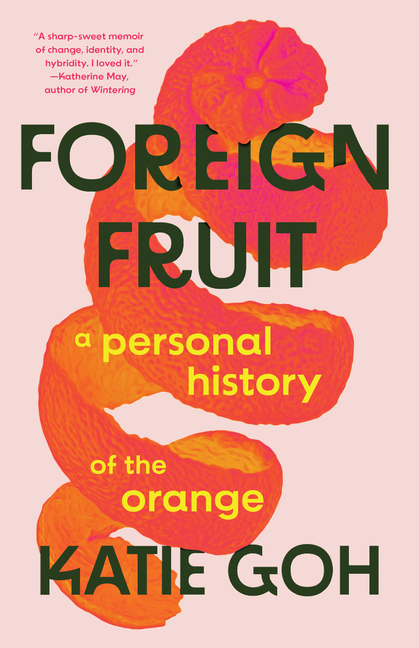The motif of the familial fruit plate may ring true, but it has become comically overused, calcifying into a well-worn trope — the stuff of indistinct college admission essays and faux-lyrical remembrances for lost relatives ... Foreign Fruit: A Personal History of the Orange, a book by Chinese-Malaysian-Irish writer Katie Goh, is 200 pages of that cliché ... The connection between the two feels forced at times, like fitting a satsuma into a pear-shaped hole ... Fruit as a stand-in for the self? Asian diaspora identity as a clash between east and west? We’ve been here before. Often. ... This journey, while not especially cohesive, is both instructive and interesting enough, if you’re a history buff. It’s the other half of the book that gets tiresome fast ... The book is full of such somber musings, rehashed until they blur into a never-ending chorus of angst that’s familiar to anyone who grew up in between cultures. Every memoir and personal essay is navel-gazing, to some degree, but Goh’s account is painfully so. There’s precious little respite from the repetitive barrage ... Goh is sharpest when she writes about art, a discipline she knows well ... She smartly threads the needle between the aesthetic appreciation and sociohistorical critique without tilting into bromides ... If only Foreign Fruit were consistently full of this level of criticism and analysis! But inevitably, Goh retreats into herself, punishingly conscious of her own insecurity, complicity and guilt.
Read Full Review >>

